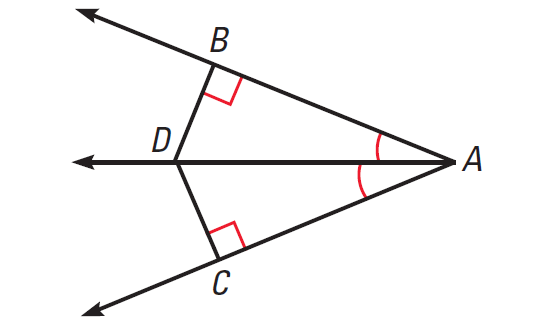
This entails constructing a side of the larger cube, and in this case that means constructing a length equal to the cube root of 2. A particular instance of this problem would be to construct a cube whose volume is twice that of the unit cube. The problem is to construct a cube that has twice the volume of a given cube.

If b equals c, the lines will be tangent to the circle and we would get two solutions. If b is less than c, there will be no intersection, so no solutions. Example: Construct a triangle, given the length of one side of the triangle, and the lengths of the altitude and median to that side.Īs the third vertex is determined by the intersection of one of two parallel lines with a circle, there are three possibilities for the number of solutions. Given two constructible numbers one can with straightedge and compass construct their:Ĭonstructions using basic operations. Note that the restrictions imply that the constructible numbers are limited to lying in certain quadratic extensions of the rationals. Given a segment which represents the number 1 (a unit segment), the segments which can be constructed from this one by use of compass and straightedge represent numbers called Constructible Numbers. Divide a segment into a given ratio (internal and external).



Given the difference in the two tools, it appears that the modern compass is a more powerful instrument, capable of doing more things. Modern compasses remain open when picked up, so such transfers are possible. Should you pick up a divider, the arms will collapse, so it is impossible to use them to transfer lengths from one area to another. Dividers consist of just two arms with a central pivot. Rather, they used a device known as a divider. The ancient greek tool used to construct circles is not the modern day compass.
ANSWERS TO GSP5 CONSTRUCTING PERPENDICULAR BISECTORS MANUAL
It is not important to gain the manual dexterity needed to carry out a careful construction. It is important that one be able to analyze a construction to see why it works. The value of studying these constructions lies in the rich supply of problems that can be posed in this way. In other words, this is not a practical subject, if one is interested in constructing a geometrical object there is no reason to limit oneself as to which tools to use. However, the stipulation that these be the only tools used in a construction is artificial and only has meaning if one views the process of construction as an application of logic. Their use reflects the basic axioms of this system. Lecture Notes 5 - Math 3210 Lecture Notes 5 The philosophy of constructionsĬonstructions using compass and straightedge have a long history in Euclidean geometry.


 0 kommentar(er)
0 kommentar(er)
